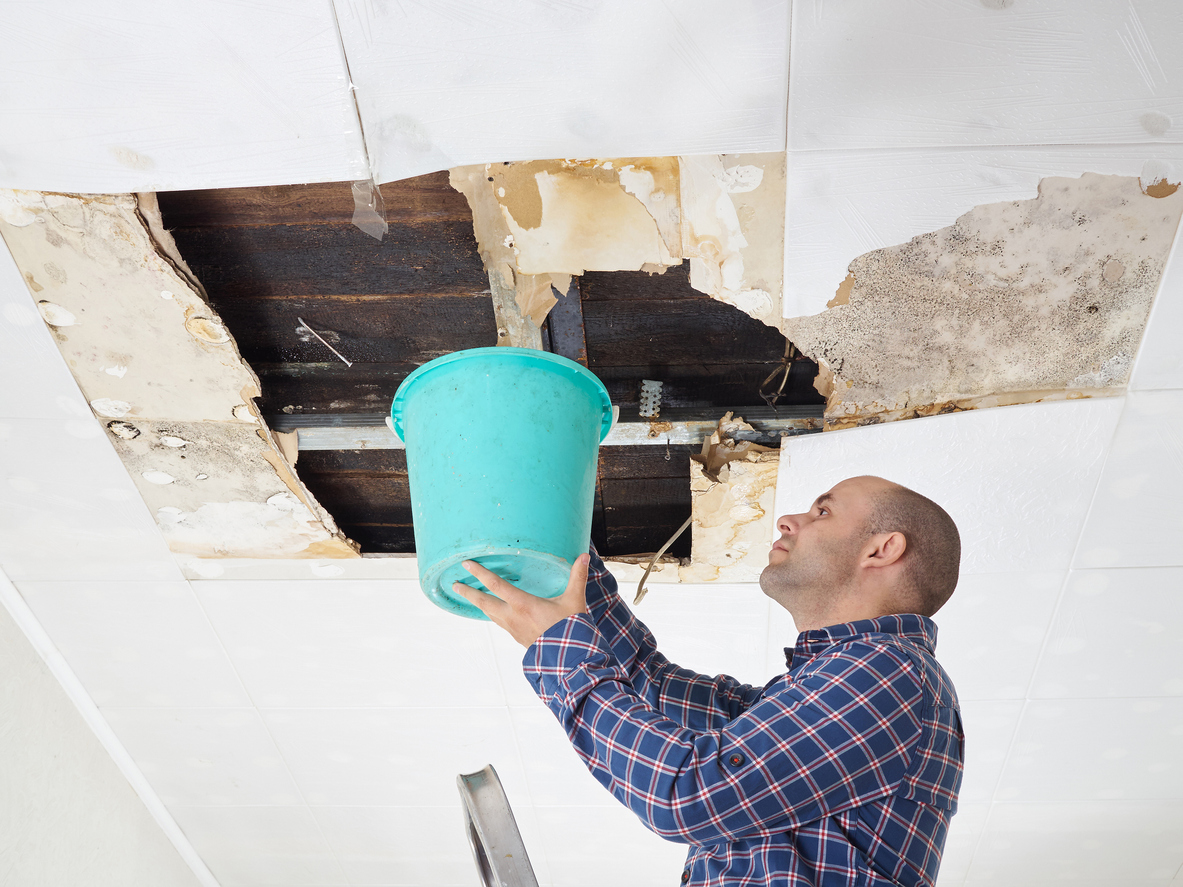Water Leaking from the Bottom of Your Shower Unit: Causes & Solutions
If you've noticed water leaking from the bottom of your shower unit, it’s important to address the issue promptly to avoid water damage and costly repairs. Leaks can stem from a variety of causes, including faulty seals, cracks, or plumbing issues. In this guide, we’ll walk you through the most common reasons for a shower unit leak and how to fix it.
Common Causes of Water Leaking from the Bottom of a Shower Unit
-
Damaged or Worn Seals
- Issue: Over time, the silicone seals around the shower tray, door, or enclosure can wear out or become loose, allowing water to escape.
- Solution: Check the seals for gaps or mold buildup. If the sealant is damaged, you’ll need to remove the old sealant and apply a new bead of waterproof silicone sealant.
-
Loose or Misaligned Shower Tray
- Issue: A shower tray that isn’t properly fitted or has shifted over time can lead to leaks at the base.
- Solution: Inspect the tray to ensure it’s level and properly aligned. Tighten any loose screws or supports, and reseal the edges if necessary.
-
Cracked Shower Tray or Tiles
- Issue: Cracks in the shower tray or surrounding tiles can let water seep through, causing leaks at the bottom.
- Solution: Inspect for visible cracks and repair them using a waterproof epoxy or filler. For severe damage, consider replacing the shower tray.
-
Blocked or Faulty Shower Drain
- Issue: If the shower drain is partially blocked, water can back up and leak from the base of the unit.
- Solution: Clear the drain using a plumbing snake or drain cleaner. Check for signs of damage to the drainpipe or fittings that may need replacement.
-
Leaking Plumbing Connections
- Issue: Leaks can occur behind the shower unit if the plumbing connections are loose or corroded.
- Solution: Turn off the water supply and inspect the pipes behind the shower. Tighten or replace any faulty fittings. If the leak is behind the wall, professional assistance may be needed.
-
Improperly Installed Shower Door or Enclosure
- Issue: If the shower door is not properly sealed or aligned, water can leak from the edges onto the floor.
- Solution: Check the door alignment and replace any worn-out seals along the edges. Tighten the door hinges if necessary.
How to Fix a Shower Leak from the Bottom: Step-by-Step Guide
If you’ve identified the cause of the leak, here’s how to fix it:
Step 1: Inspect and Replace Damaged Sealant
- Remove old silicone using a sealant remover or a utility knife.
- Clean the area thoroughly to remove mold and debris.
- Apply a new bead of waterproof silicone sealant around the edges of the shower tray and enclosure.
- Allow the sealant to cure for at least 24 hours before using the shower.
Step 2: Tighten Loose Fixtures
- Check that the shower tray, door, and fittings are securely fastened.
- Tighten any loose screws or brackets using a screwdriver.
Step 3: Repair Cracks in the Shower Tray
- Clean the cracked area and let it dry.
- Apply a waterproof epoxy filler to seal the crack.
- For large cracks, consider replacing the entire shower tray.
Step 4: Unblock the Shower Drain
- Use a plumbing snake or drain cleaner to clear blockages.
- Pour a mixture of baking soda and vinegar down the drain, followed by hot water, to remove buildup.
Preventing Future Leaks in Your Shower Unit
- Regularly Inspect Seals: Check the silicone sealant around your shower for signs of wear and replace it as needed.
- Clean Drains Regularly: Prevent blockages by clearing hair and debris from the drain frequently.
- Address Cracks Early: Fix any small cracks in the shower tray or tiles as soon as you notice them to prevent leaks from worsening.
When to Call a Professional
While some leaks can be fixed with DIY methods, others may require professional help, especially if:
- The leak is coming from behind the walls or under the floor.
- There is extensive water damage to surrounding areas.
- The issue involves complex plumbing repairs.
A plumber or specialist can diagnose the issue, access hidden pipes, and prevent further damage to your property.
Frequently Asked Questions (FAQs)
1. How can I tell if the leak is coming from the shower tray or the plumbing?
A leak from the shower tray usually appears as water pooling around the edges. If the leak is from the plumbing, you may notice water stains on the ceiling below or damp walls.
2. Can I use regular silicone sealant for my shower?
It’s best to use a waterproof bathroom silicone sealant designed to withstand moisture and prevent mold growth.
3. How often should I replace the sealant around my shower?
It’s recommended to check and replace the sealant every 1-2 years, or sooner if you notice signs of wear or mold.
Conclusion
Water leaking from the bottom of your shower unit can lead to costly repairs if not addressed quickly. By identifying the cause and taking the right steps, you can protect your bathroom from water damage and ensure your shower remains in good working condition.
If you need assistance with persistent leaks or repairs, contact Fraser Bond for professional property management and maintenance services.
For expert help with bathroom repairs and maintenance, reach out to Fraser Bond today. Let us assist you in resolving leaks and safeguarding your property!



